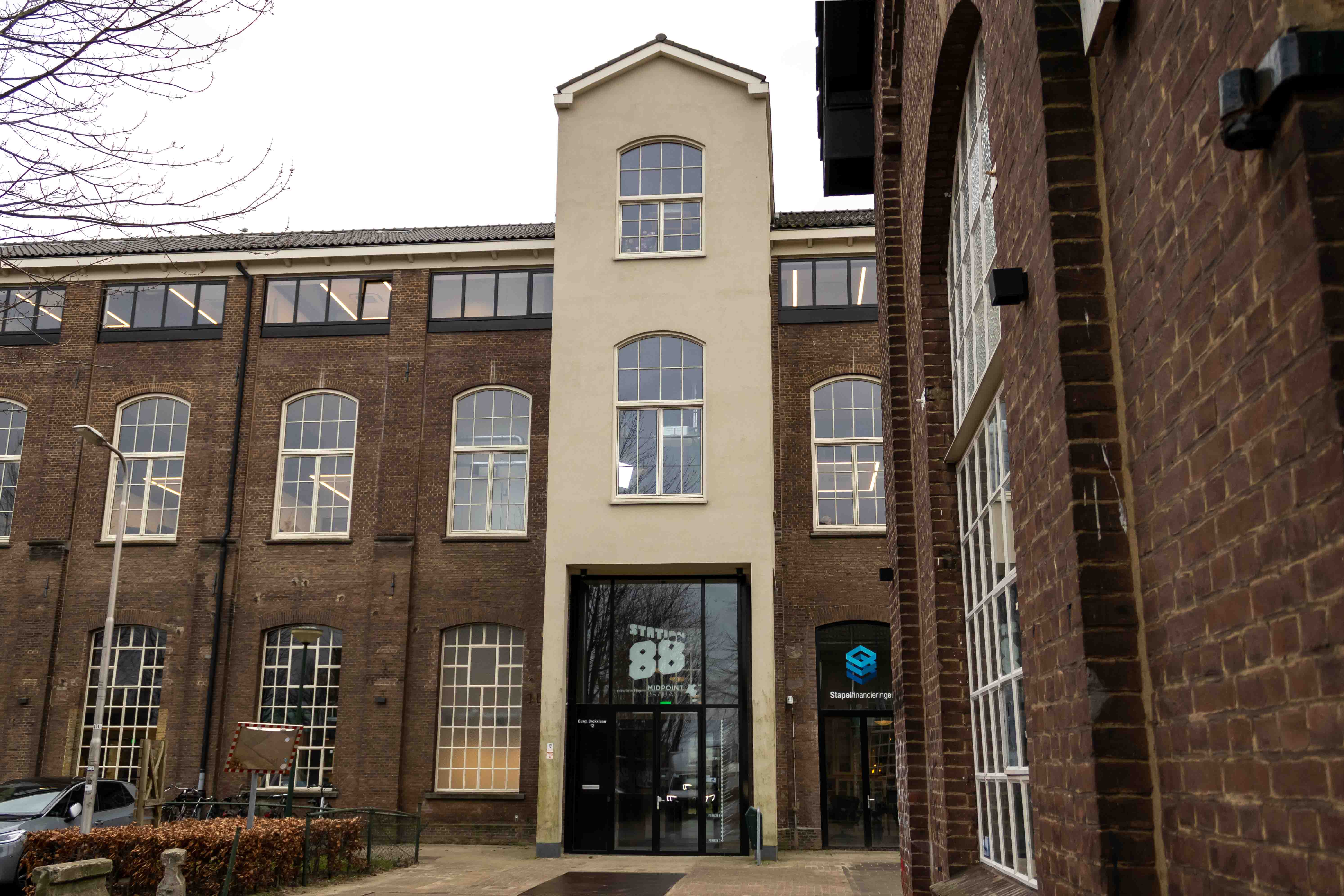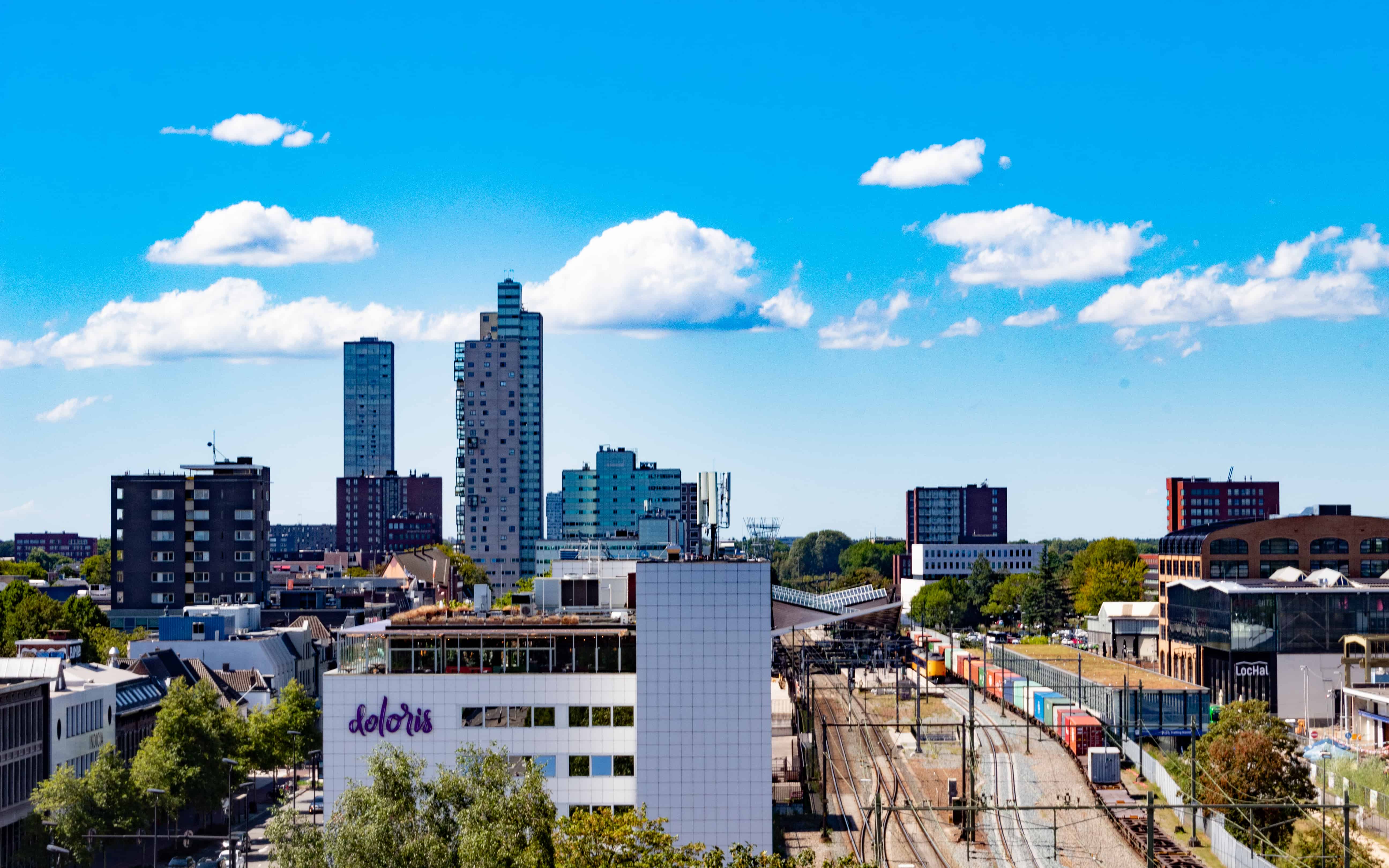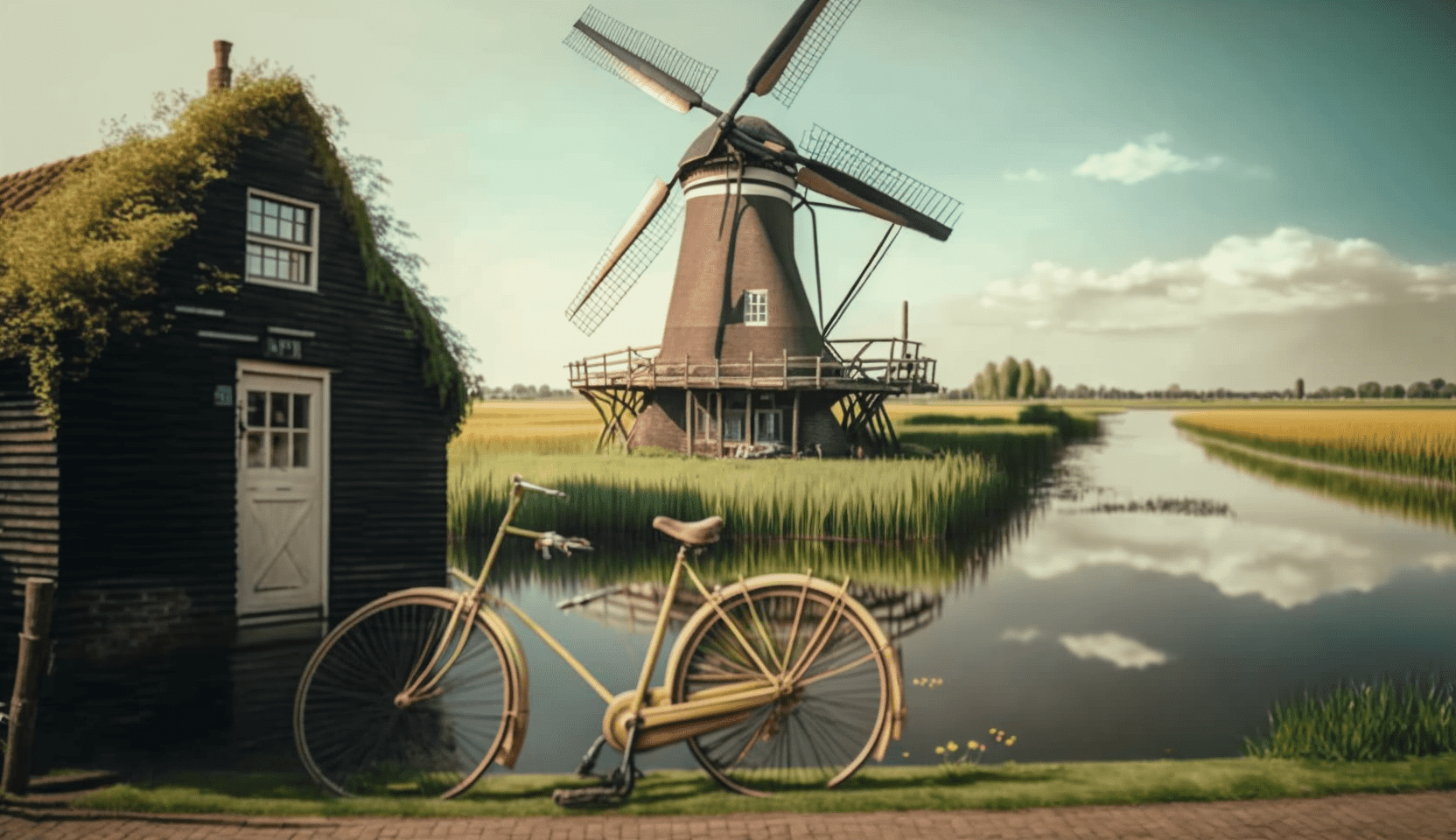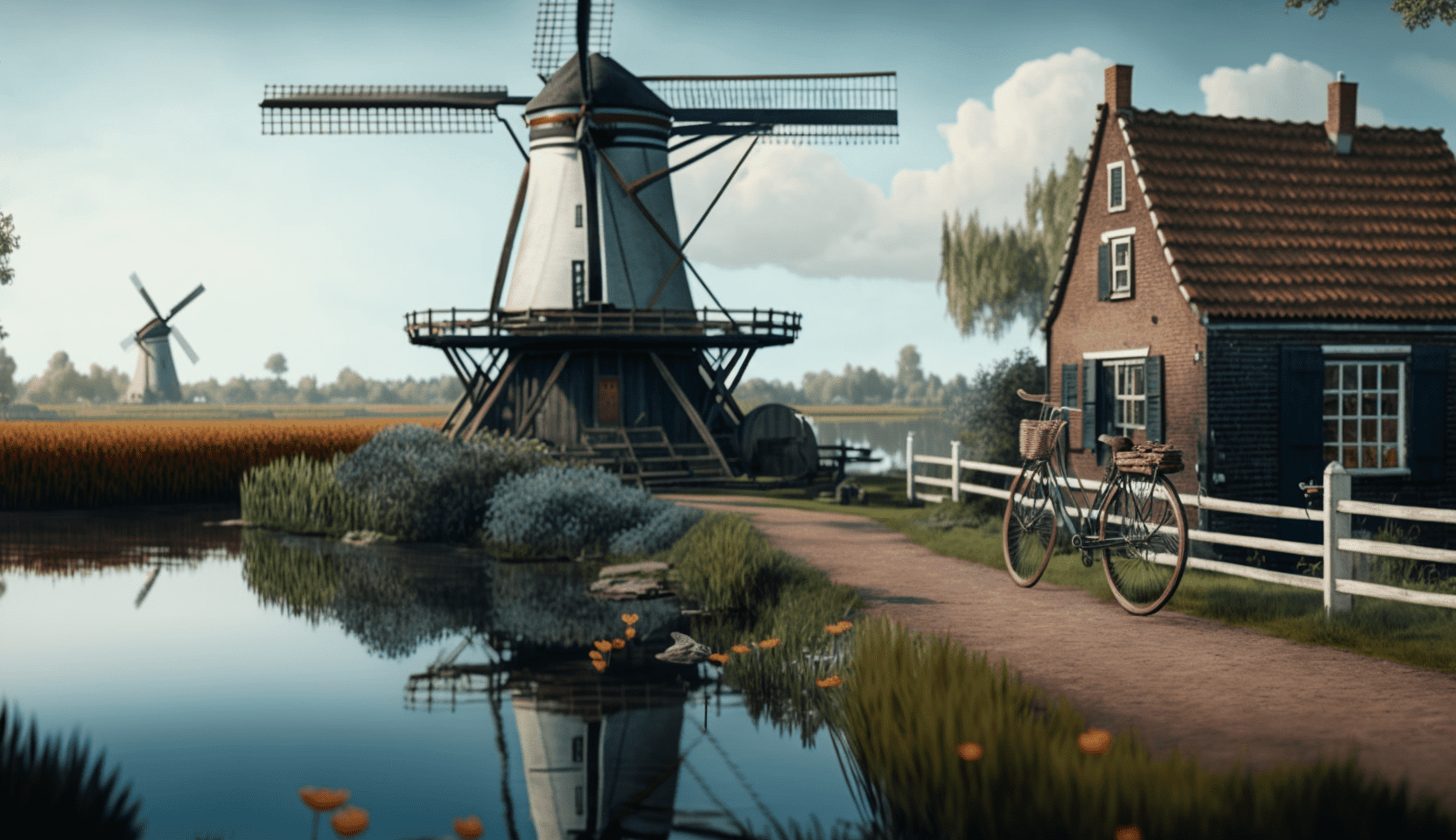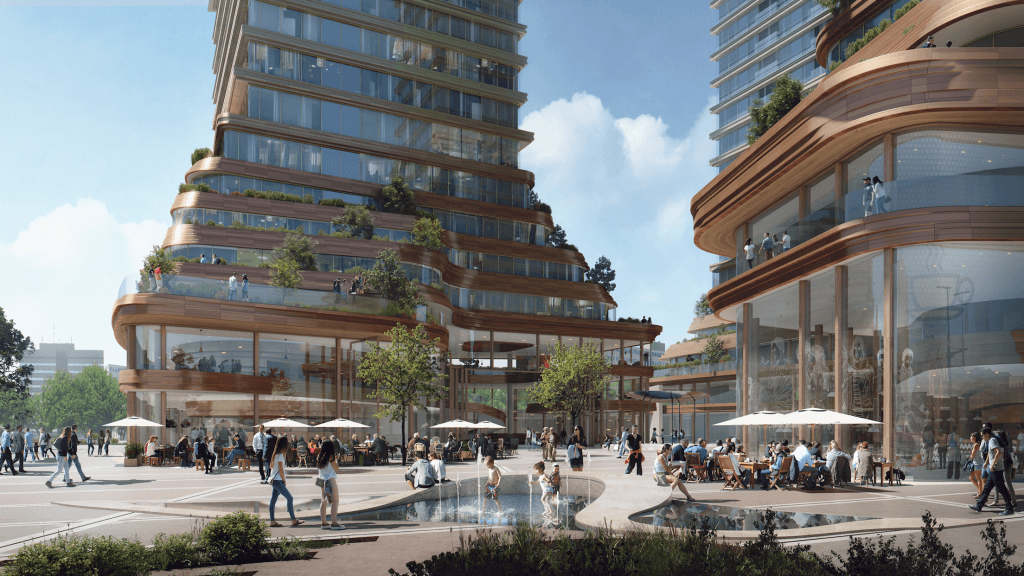
The Brainport region is an important growth engine of the Dutch economy. It is therefore very important, both for the region itself and for the country, to further strengthen this position. The fact that this not only increases the earning capacity but also makes it possible to tackle numerous societal challenges, makes that goal all the more relevant. In a series of 12 articles, Innovation Origins looks at the most striking issues within this endeavor. In this, we are guided by the research report ‘Brainport at the top‘ that Rabobank published in collaboration with Strategy Unit. Today, in the eleventh article in this series, we look at the quality of living and the environment.
“A lot of free space, a healthy living environment, relatively affordable housing and a central location between international cities such as Amsterdam, Antwerp, Dusseldorf, and Liège”: these are all aspects that Brainport Eindhoven should be able to benefit from more. That is what the participants in the research that Rabobank carried out last summer say. The reality is different: “The residential climate in Brainport is unknown outside Brabant. And unknown makes unloved. If you ask outside Brainport about the quality of the residential climate here, you get a relatively low score”.
Station Quarter
But also for the residents of Brainport Eindhoven itself, there is still room for improvement. The interviewees give the living environment a 7.1, but zooming in on the group of students gives a less positive picture: the rating does not exceed a 5.4. The attractiveness of the living environment is important in attracting talent, the researchers warn. Compared to the large cities in and around the Randstad, the Brainport region has a less broad and deep range of facilities, they say. And that can have consequences for many other aspects of Brainport’s success.

Alderman Stijn Steenbakkers of Eindhoven recognizes the opinions. And partly agrees. “We still have a lot of steps to take, but a lot has already been done as well. Take the new Area51 at Strijp-S: one of the largest urban sports centers in Europe. Soon, the outdoor park will also be developed: a skate park that the entire city can enjoy. We are also taking steps in the area of culture: the Future Lab in the Evoluon is now definitely going to be built.
In order to become a bit more attractive to people from outside the city, the focus must be even more on the station area, says the alderman. “There are big plans for this quarter, including District E and the high-rise vision of my colleague Yasin Torunoglu. The call for tenders for the conference center is now also starting, so we are taking steps there as well. But to be honest, we’re still missing the new icons for Eindhoven.”
Better storytelling
Eerke Hoven, Director for Large Businesses for East Brabant at Rabobank and one of the contributors to the study, also misses the icons. “Everyone knows the Blob and the Lichttoren, they are real icons of the city. But more of these landmarks are needed. Take a look at Amsterdam, The Hague or Rotterdam: compared to those cities, Eindhoven comes off very poorly”.

Hoven says the region’s economic performance is “incomparable with any other region in the Netherlands”. According to him, the budget that comes from the central government in this direction is totally disproportionate to the added value that Eindhoven has for the country. “This has to change, it must become visible in the building plans, the cultural initiatives, and all other facilities.” Alderman Steenbakkers has a slogan for it: “I call it ‘private wealth and public poverty‘. We fulfill a central role for the whole of the Southern Netherlands. That also deserves the support from The Hague that fits in with that position.”
For Hoven, an important part of the solution lies in a better story from the city. “Everywhere I go and tell the story of Brainport Eindhoven, people are impressed. As soon as you know what’s going. on here, the rating skyrockets. To be honest, it’s such a great story, so why don’t we tell it a little better and more often? Maybe we’re too modest here, or too focused on our technical side. But either way, we have to do something about the lack of knowledge outside our own region.”
“It’s taking too long”
Also within Brainport, there is still work to be done. In order to raise the students’ rating, Eindhoven needs to show its ambitions much more prominently, says Steenbakkers. “For example, around start-ups. Eindhoven wants to be the deep-tech capital of Europe. We are now discussing with the city council what steps need to be taken to achieve this. If it succeeds, this will really be something that will appeal to students.”
Hoven calls the city’s plans ‘hopeful’. “The high-rise buildings, Knoop XL, the Station Square, Strijp-S and T, the Campina, the City Hall Square, beautiful things are going to happen there. But it’s all taking far too long. A city with such a thriving economy deserves much better.”
Outside the city
Two-thirds of the Brainport population does not live in Eindhoven, which is not recognized too often. The whole region can only function if the coherence is right, emphasizes alderman Marinus Biemans of Deurne. “When I get on the train here, 17 minutes later I arrive in the center of Eindhoven. Whoever would have such a journey time in London, would still live in the center of that city. I won’t say that this makes us a suburb of Eindhoven, but I will say that we live in one daily urban system, which can only work if everything is well attuned to each other.”
Biemans knows it like no other: if the city is doing well, De Peel and the Kempen also enjoy the benefits. But the reverse is equally true. “So it’s fine if a lot of money goes to important developments like AI and I understand that those millions then mainly fall around the large technical centers in the city. But don’t forget that investments in, for example, mobility, education and culture outside the city are at least as important as within it. And really not only for the inhabitants of Deurne but also for those of Eindhoven itself. No, even for the whole of the Netherlands.”
Biemans liked the plea that John Jorritsma, as chairman of the Eindhoven Metropolitan Region, recently made for the importance of the countryside. But the Deurne alderman needs more than words. “I think he’s aware that I will keep asking him how that will become visible. Housing, the Regional Energy Strategy, mobility, these are all matters for which the city desperately needs the countryside. It’s important that this conviction is also felt within the city. If there is anything that affects the living and working environment within Brainport, this is it”.
Read the other articles published so far in this 12-part series here.


